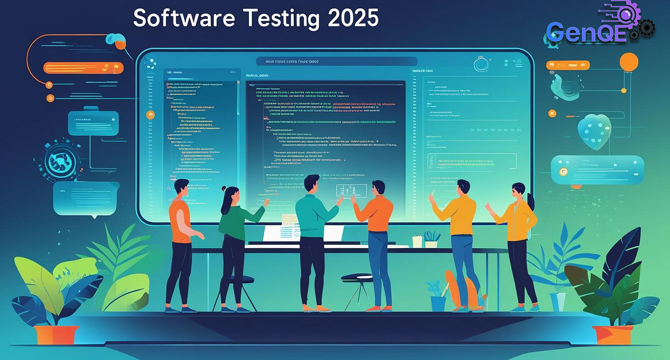Medium
4w
306

Image Credit: Medium
Software Testing in 2025: Building Quality That Lasts
- Software development in 2025 operates on the principle of continuous testing, validating quality at every stage of the development lifecycle.
- Unit tests are written alongside code, API and integration tests ensure system components work together, and exploratory testing provides human insight before release.
- Monitoring systems continue testing in production, offering real-time feedback on system performance and user behavior.
- Collaborative quality approach sees developers writing tests early, QA professionals guiding strategies, and product managers aligning tests with business needs.
- Modern automation includes sophisticated API and performance testing, integrated into continuous deployment pipelines for rapid feedback.
- Shift-left testing focuses on early bug detection, while shift-right extends quality assurance into production environments for stability and resilience.
- Teams measure testing effectiveness through indicators like time to detect and fix issues, defect leakage rate, test flakiness index, and coverage of high-risk areas.
- Software testing in 2025 is a fundamental business capability impacting user confidence, business continuity, and product competitiveness.
- Quality practices lead to reduced technical debt, faster development cycles, improved customer satisfaction, and competitive positioning.
- Successful teams view testing as a confidence-building exercise, emphasize systematic approaches and shared accountability, and see testing as an enabler of innovation.
Read Full Article
18 Likes
For uninterrupted reading, download the app